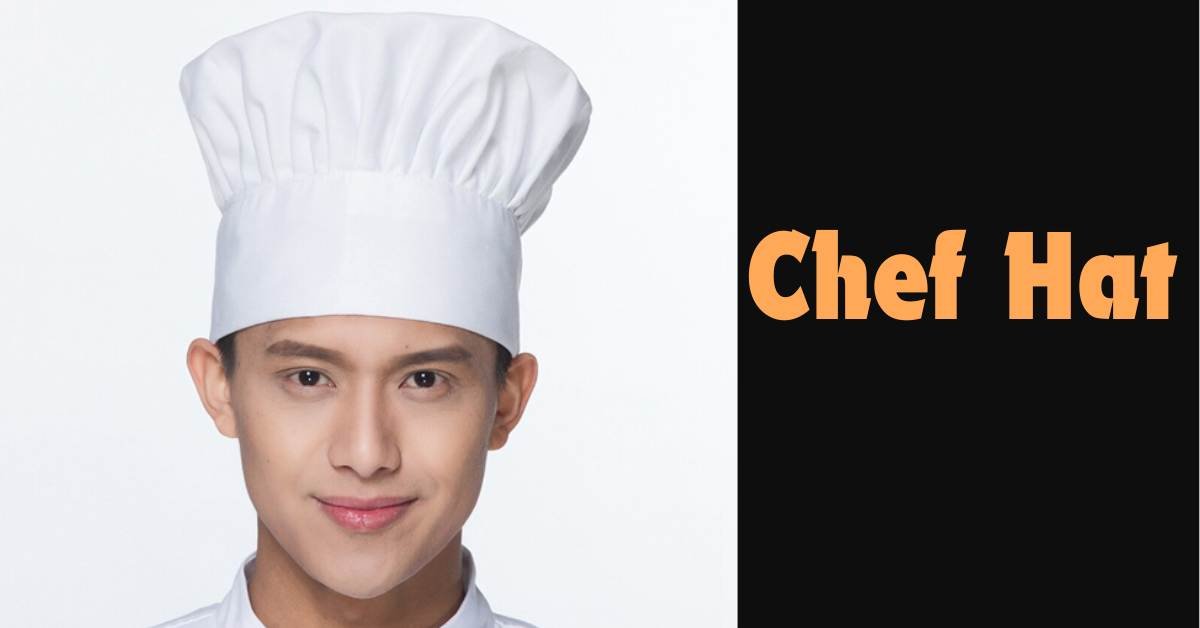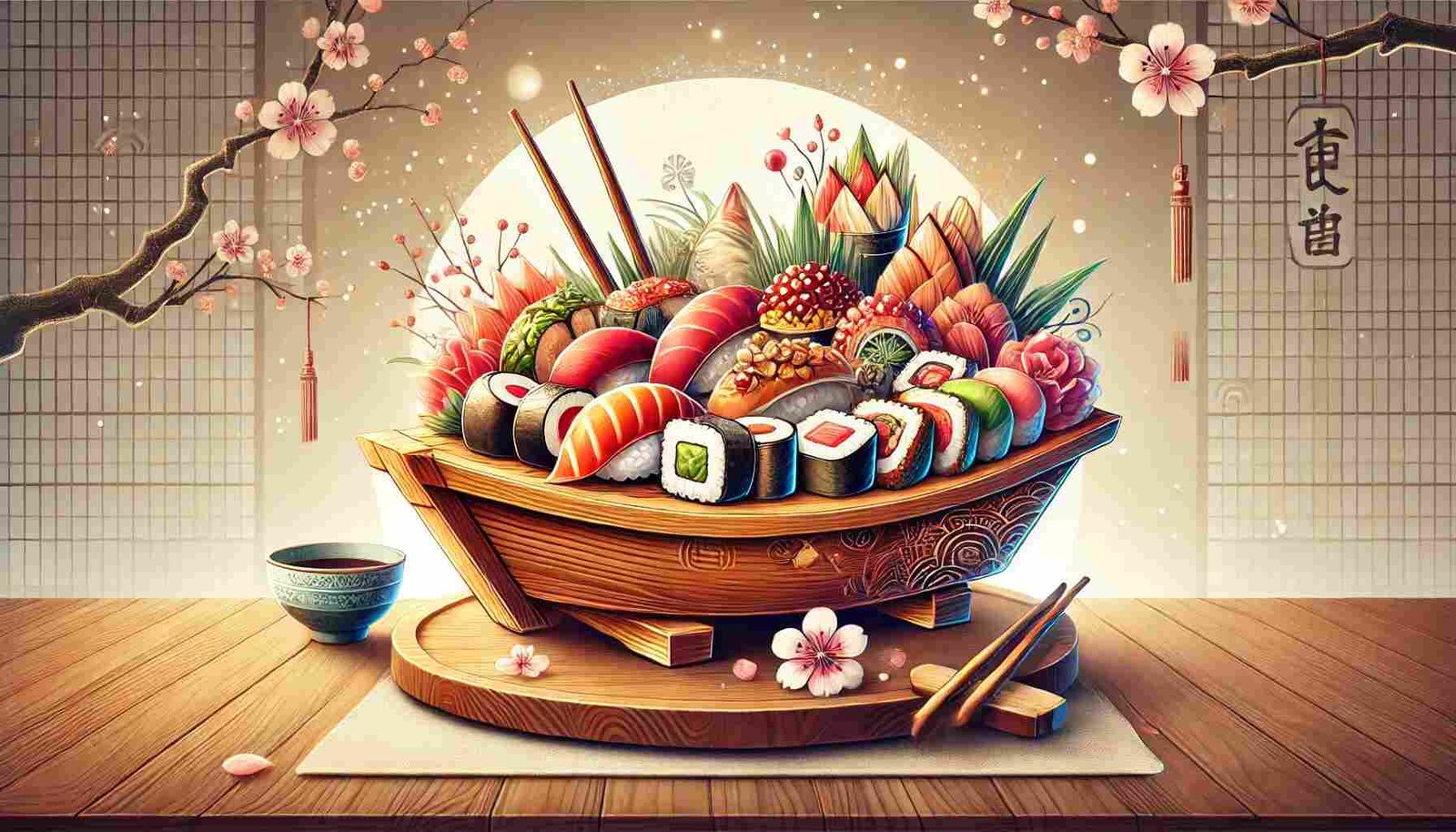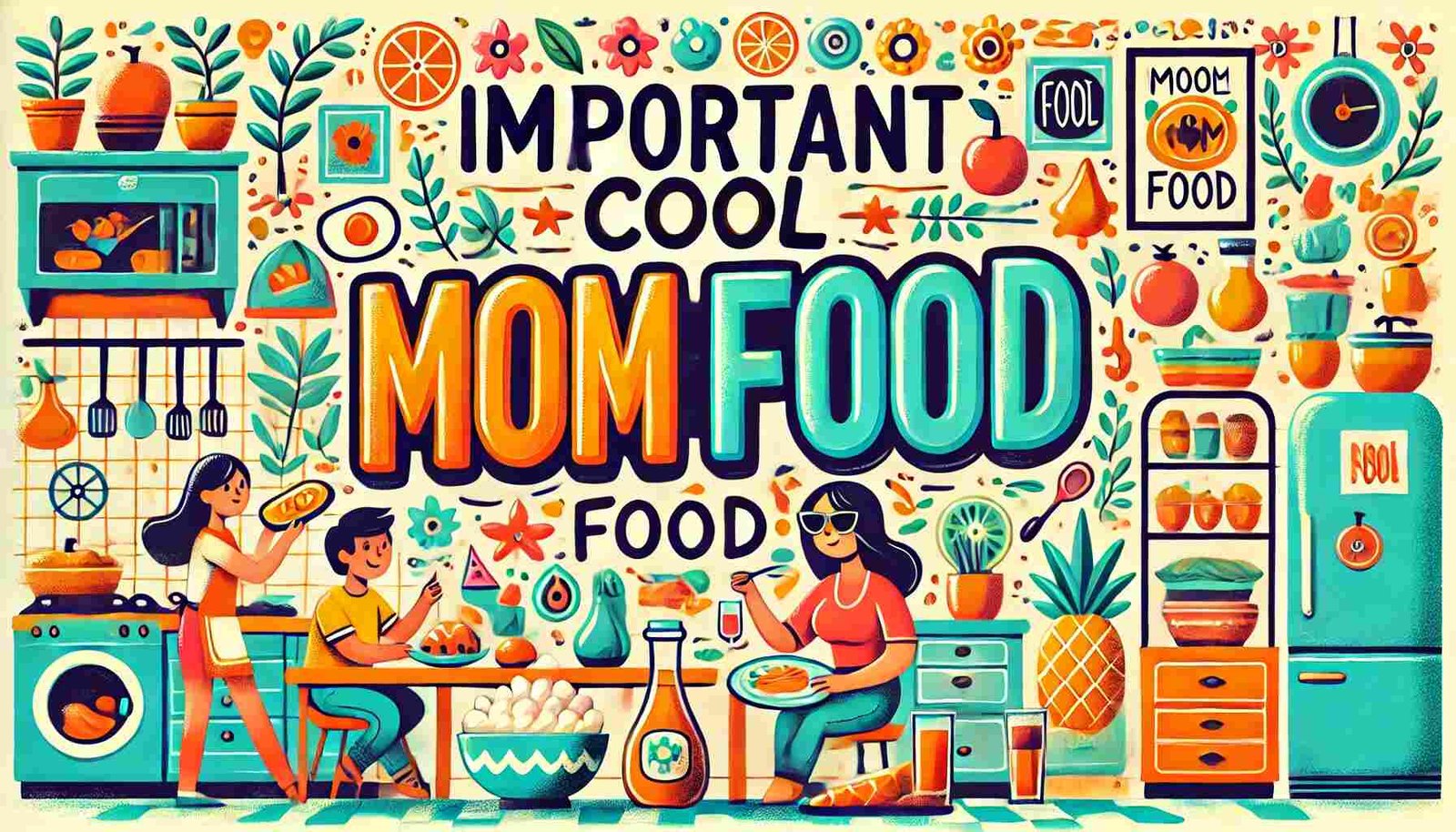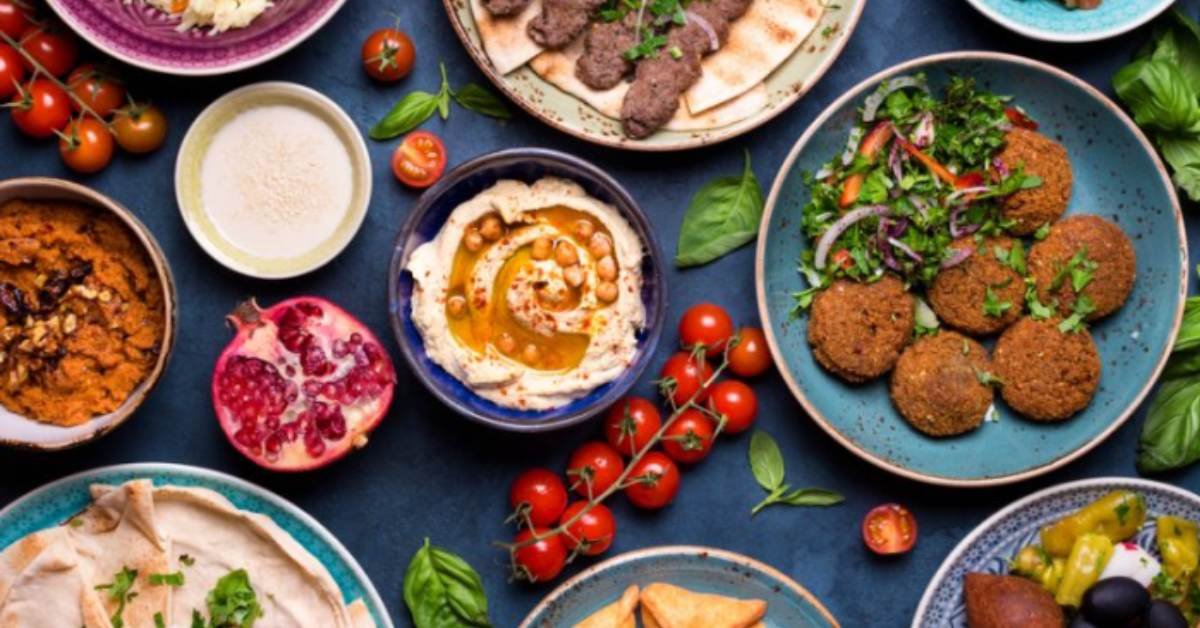The kitchen is a realm of creativity, passion, and tradition. Among the essential tools of a chef lies one iconic symbol—the chef hat. This tall, white hat isn’t just for show.
It holds layers of history and meaning that reflect the artistry behind every dish. Whether you’re a culinary novice or an experienced gourmet, understanding the significance of this humble headgear can deepen your appreciation for the culinary arts.
As we explore its origins and evolution through time, you’ll discover how the chef hat has become more than just attire; it represents excellence in cooking and dedication to craft.
Join us on this journey through history as we unveil what makes the chef hat a true emblem of gastronomic culture.
The History of the Chef Hat
The chef hat, also known as a toque, dates back to the 16th century. It emerged in France during a time when culinary arts were gaining prominence. The toque was not merely an accessory; it signified rank and expertise within the kitchen hierarchy.
Legend has it that Georges Auguste Escoffier popularized the style we recognize today. He established strict standards for chefs, emphasizing professionalism and skill. The height of the toque often indicated a chef’s level of experience—taller hats meant greater mastery.
Interestingly, some sources suggest that wearing white symbolized purity and cleanliness in cooking—a vital aspect of any kitchen environment. As kitchens became more organized with defined roles, so did the need for distinct uniforms like the chef hat to represent authority and tradition in European culinary practices.
The Evolution of the Chef Hat
The chef hat, or toke, has transformed remarkably over the centuries. Initially worn by cooks in ancient civilizations, its significance grew with the rise of professional kitchens.
In the 19th century, famed French chef Marie-Antoine Carême popularized a taller version. His design symbolized authority and showcased culinary skills. The height of the hat often indicated rank within a kitchen brigade.
With time, materials evolved as well. From simple linen to more advanced fabrics that resist stains and absorb moisture—functionality became vital.
Today’s chef hats blend tradition with modern aesthetics. Various styles now reflect personal flair while serving practical purposes such as hygiene and branding.
This evolution mirrors changes in cooking culture itself—a fusion of heritage and innovation on every plate served worldwide. Chefs embrace this iconic piece as both a tool and an emblem of their commitment to excellence in gastronomy.
The Significance of the Chef Hat in Modern Culinary Culture
- The chef hat, or toque, remains a powerful emblem in today’s culinary world. It represents skill and professionalism; when you see a chef donning this iconic headwear, it conveys expertise.
- Beyond its aesthetic value, the chef hat serves practical purposes as well. It helps keep hair away from food while absorbing sweat during busy shifts, enhancing hygiene and safety in the kitchen.
- Culturally, the toque signifies rank within a professional kitchen hierarchy. The number of pleats often denotes experience; traditionally, 100 pleats symbolize mastery over various techniques and recipes.
- In contemporary settings, chefs embrace their hats with pride. They see them as an extension of personal style and creativity. Many add unique twists to traditional designs, reflecting individuality amidst culinary artistry—and showcasing how tradition can blend seamlessly with modern innovation.
Different Styles and Designs of Chef Hats
Chef hats come in various styles and designs, each with its unique flair. The classic tall white toque is perhaps the most recognizable. It symbolizes tradition and expertise, showcasing a chef’s rank within the kitchen hierarchy.
Another popular design is the bandana or skullcap. This style offers a more relaxed look while still maintaining professionalism. Chefs often opt for these when working in fast-paced environments.
Then, there are colourful hats that reflect the personal style or restaurant branding. These creative options allow chefs to express themselves beyond their culinary skills.
Headbands and beanies have also entered kitchens, providing comfort without sacrificing practicality. They keep hair neatly tucked away while allowing freedom of movement.
With so many choices, chefs can find a hat that suits their role, personality, and work environment.
Famous Chefs Known for Their Signature Hats
Throughout culinary history, chefs have become iconic not just for their skills but also for their distinctive hats.
Consider Auguste Escoffier, the legendary French chef who popularized the tall white hat known as a toque. He is often credited with elevating cooking to an art form while donning this classic symbol of authority in the kitchen.
Another notable figure is Wolfgang Puck. His signature look includes a modern twist on traditional chef attire, complete with a stylish beret reflecting his innovative cuisine approach.
Then there’s Marco Pierre White, whose slightly crumpled chef’s hat embodies his rebellious spirit and unmatched talent. Each of these chefs has made waves in the culinary world, leaving behind recipes and lasting impressions through their unique headwear.
These hats are more than accessories; they represent personal style and culinary philosophy.
The Importance of Wearing a Chef Hat in Professional Kitchens
- Wearing a chef hat in professional kitchens is more than just tradition; it also serves practical purposes. The tall, distinctive shape of the hat helps maintain a chef’s authority and professionalism. It distinguishes them from other kitchen staff, creating an air of respect.
- Functionally, the chef hat is crucial for hygiene. It keeps hair securely tucked away, preventing stray strands from contaminating food.
- Moreover, wearing a chef hat can help regulate temperature during long hours over hot stoves. It protects against heat while adding extra comfort to the busy environment.
- Beyond utility, donning this iconic headwear fosters camaraderie among chefs and reinforces their dedication to culinary excellence. Each time they put on that hat, it’s a reminder of their commitment to quality and craft within the bustling world of gastronomy.
Conclusion
The chef hat is more than just an accessory; it embodies a rich history steeped in tradition and excellence. The design has evolved from its origins to reflect changes in culinary practices while maintaining its iconic status.
Today, wearing a chef hat is not merely about appearance—it signifies professionalism, respect for the craft, and adherence to kitchen protocols.
As you navigate various kitchens worldwide, you’ll notice that each style has its own story. Some chefs prefer tall hats representing their rank or skill level; others might choose simpler designs focused on practicality. Regardless of style or shape, every chef shares one common bond: the dedication to their art.
Famous chefs have often made their mark with unique headgear that complements their brand—an extension of themselves in many ways. Whether it’s Gordon Ramsay’s classic white toque or Wolfgang Puck’s modern twist on traditional attire, these recognizable symbols contribute significantly to culinary culture.
Wearing a chef hat isn’t just beneficial for hygiene—it’s also about pride and identity within professional kitchens. It fosters teamwork and discipline among staff members who understand the significance behind this simple piece of clothing.
The journey of the chef hat reflects broader themes found throughout culinary history: passion for food, respect for tradition, and unwavering commitment to excellence.
This timeless symbol will continue influencing new generations of chefs eager to make their mark while honouring those who came before them.
Latest post!
- Hotel Amenities Today’s Business Travelers Want
- Naomi Swap: A Revolutionary Concept Changing How We View Fashion
- ATFBoru: A Creative Haven for Anime Art Lovers
- How Wikîpedia Became the Most Trusted Source of Information
- VTS65VO.6: A Key Component in Modern Automotive Systems
- WQR2548: A Deep Dive Into Its Origins











